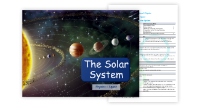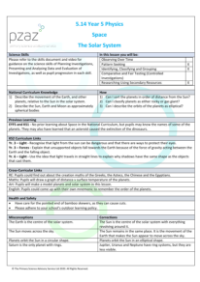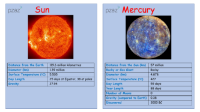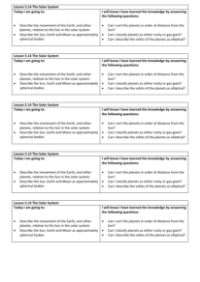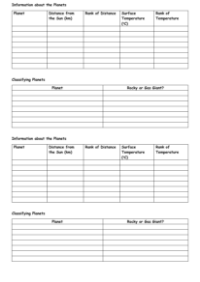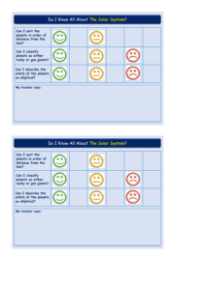The Solar System - Presentation
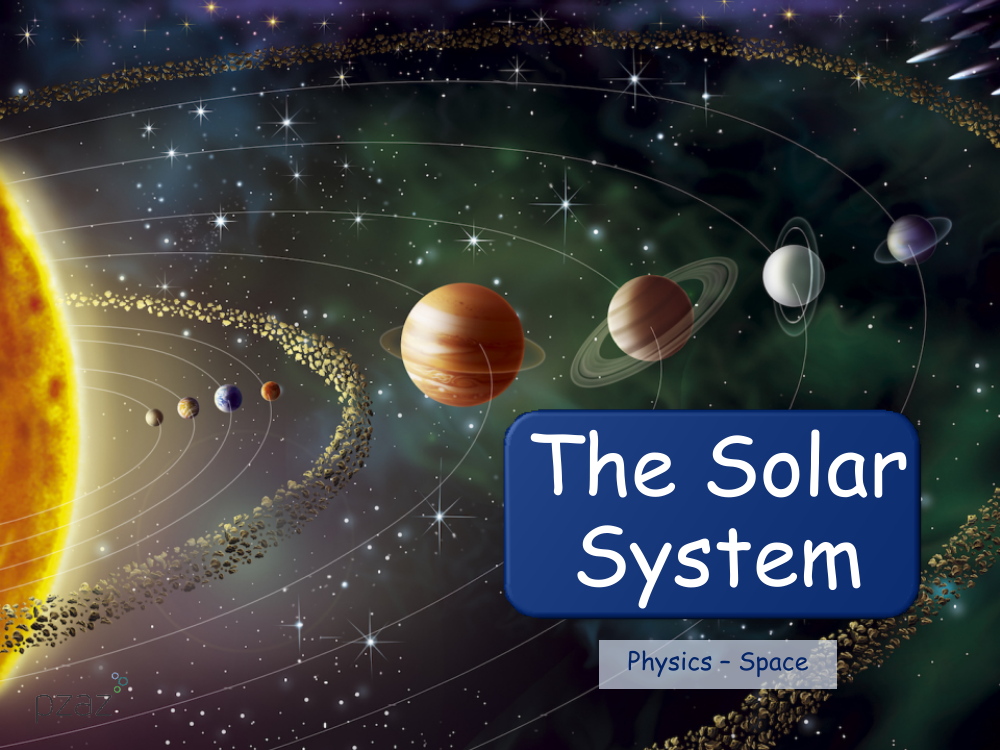
Science Resource Description
In an engaging physics presentation about the Solar System, students are set to explore various aspects of our cosmic neighbourhood. The lesson begins with objectives that encourage learners to sort the planets by their distance from the Sun, classify them as rocky or gas giants, and describe their orbits as elliptical. The session opens with an intriguing narrative on the birth of the Solar System, which was initiated from a vast cloud of gas and dust known as a nebula. This nebula, comprising elements like hydrogen, helium, nitrogen, iron, and silicon, began spinning and condensing into clumps, leading to the formation of the Sun and the planets. The dramatic account details how the inner planets, including Earth, formed from smaller, dense clumps of rock, while the outer planets developed from larger gaseous clumps.
Continuing with the theme of planetary motion, the presentation explains the elliptical nature of planetary orbits around the Sun, resembling a squashed circle. Students are encouraged to investigate how a planet's surface temperature varies with its distance from the Sun through an interactive activity called 'Planet Top Trumps'. They discover the general trend that planets farther from the Sun are colder, with the notable exception of Venus, whose thick atmosphere traps heat. The session also covers the differences between rocky planets and gas giants, noting that rocky planets are smaller and closer to the Sun, while gas giants are larger and located in the outer Solar System. The lesson concludes by prompting students to reflect on their newfound knowledge and assess their understanding of the Solar System's structure, including the intriguing asteroid belt between Mars and Jupiter and the debated status of Pluto.
